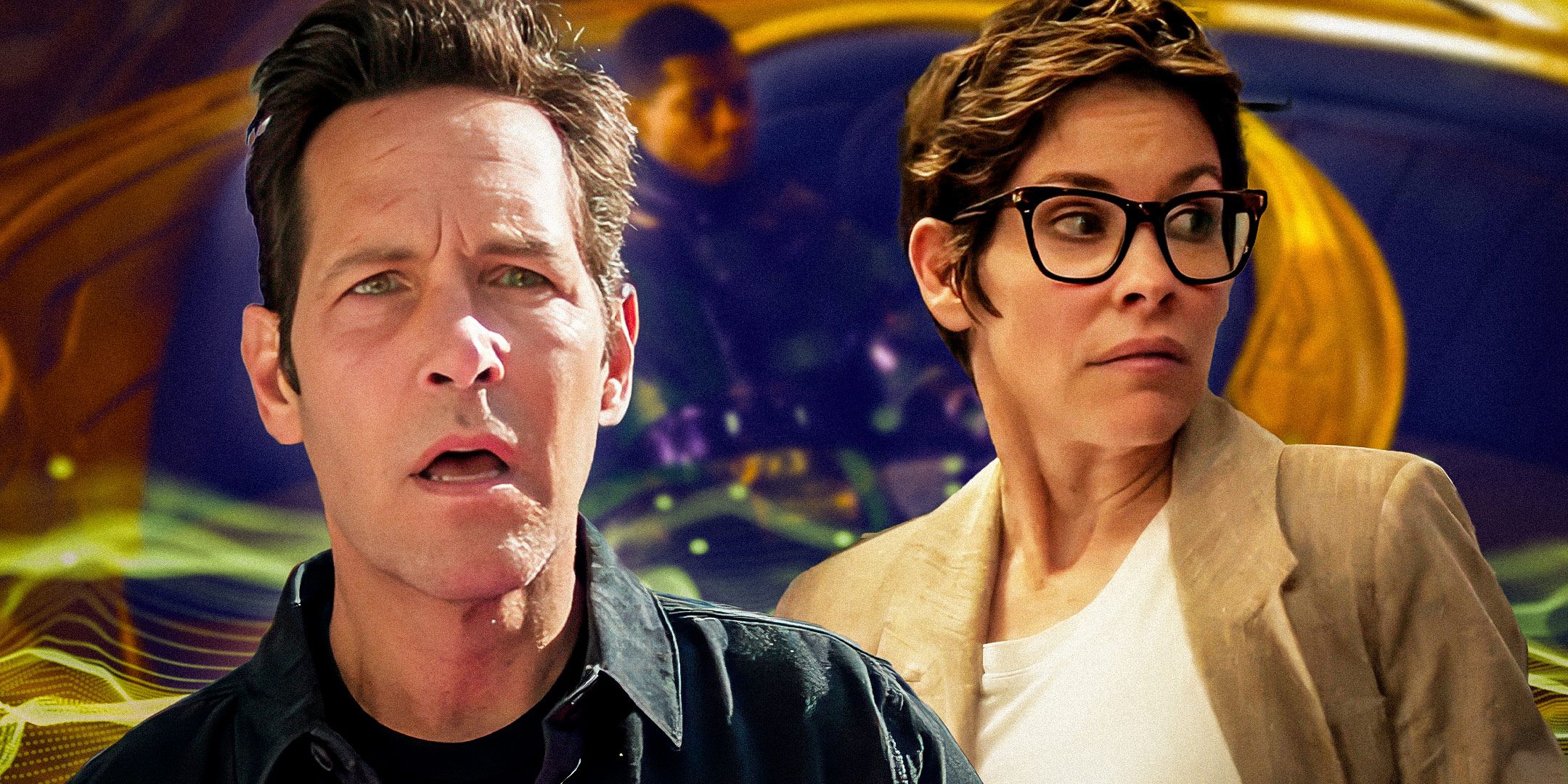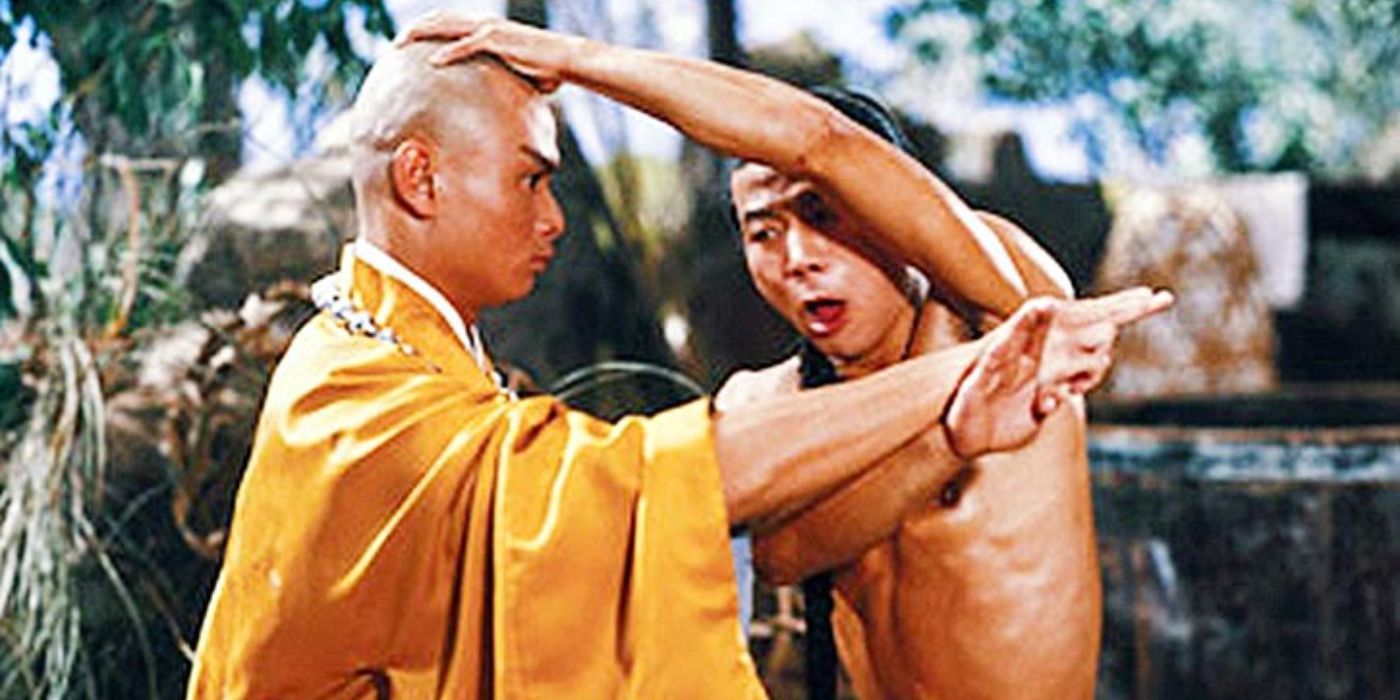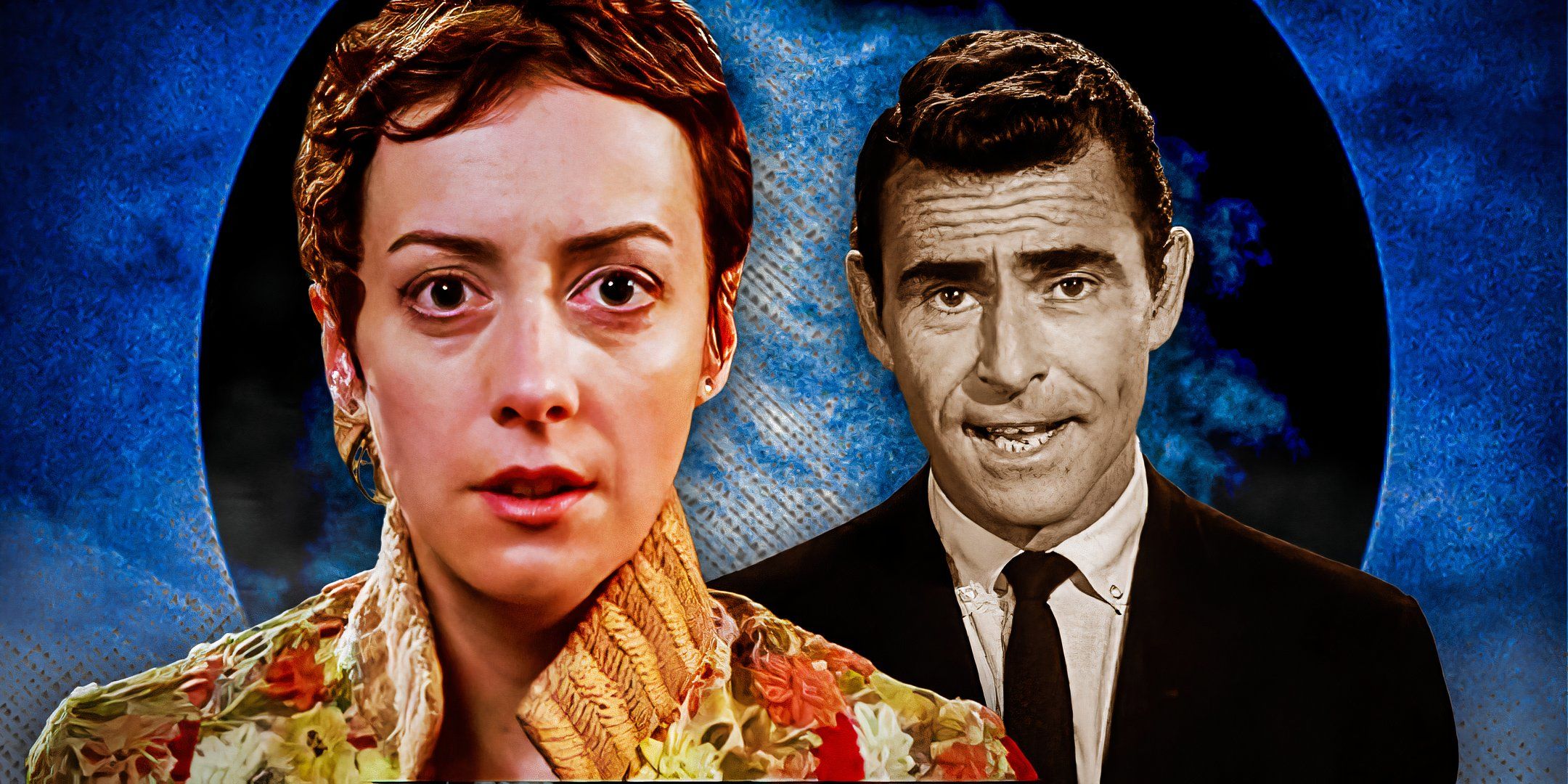Director, writer and producer Tim Fehlbaum and writer Moritz Binder took guests behind their riveting thriller “September 5,” about the game-changing, real-time broadcast coverage of the 1972 Munich massacre from the perspective of the sports broadcasters who raced to cover the events, during the latest presentation of the Variety Screening Series presented by Barco.
They did tremendous research before starting to write the script, and that included a key conversation with producer Geoffrey Mason who was played by John Magaro in the movie. This prompted the decision to tell the story, uniquely from the point of view of CBS Sports broadcasters that were on site to cover the Olympics.

“We thought we were talking to a source, but [Mason] became the source,” Binder related of Mason taking them through the tense 22 hours in Munich. “He’s a very good storyteller; he got into so much detail. He talked about the questions that arose that day and also the rush that he felt while trying to make it happen. [After that call] we looked in each other’s eyes and we said, ‘I think we just heard our movie for the first time.'”
Fehlbaum related that as a filmmaker, he also liked the challenge of telling the story from the control room. “I like movies that draw strength from a limitation,” he said, noting that production design meticulously researched and built what was effectively a working period control room as a set, so that the actors could actually see and respond to the events as they appeared on their monitors. Led by DP Markus Förderer, the scenes were lensed largely handheld in long takes “following it as if we ourselves would be a broadcast team in that room, observing.” This, he adds, was followed by the “crucial” work of editor Hansjörg Weißbrich.
From the script to the set to the performances, the goal was to make the work environment as accurate and authentic as possible. “John Magaro studied how these control room directors – what they do, the gestures that they use. Ben Chaplin, for example, had to learn how to thread film into a Steenbeck,” Felhbaum said, adding that after this meticulous preparation, there was “not too much rehearsal, because then on the day [it] was really important that we got the magic of the first take.”









 English (US) ·
English (US) ·